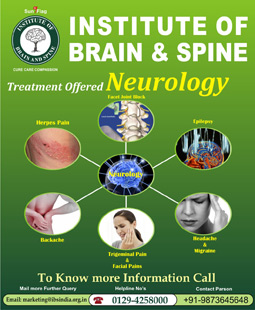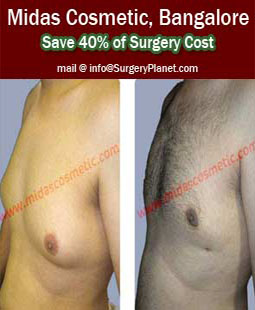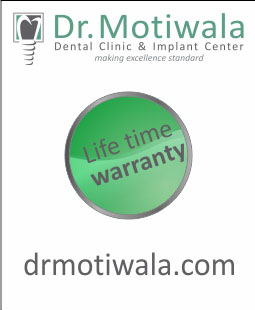Intraocular lenses(IOLs) is the product of choice for both cataract patients and eye surgeons. Intra ocular lenses are made from clinical grade plastics. Intraocular lenses (IOLs) Products with a unique double-convex design, these intraocular lenses combine principles of diffraction, refraction and apodization to produce clear vision along a continual range of distances.

Nonfoldable Intraocular Lens Implant
Until recently, ophthalmologists were restricted to the smallest incision they could create. This was due to the size of the non foldable intraocular lens implant. This type of incision is 5 - 7 mm and may require sutures for wound closure.
Foldable Intraocular Lens Implants
With the advance of foldable IOLs, lenses can be implanted through the same small incision that is created in the phaco procedure. These IOLs are made of a flexible material allowing them to be folded for implantation.
Causes
Cataract is the clouding of the natural lens which is the part of the eye responsible for focusing light and producing clear, sharp images. The lens is contained in a sealed bag or capsule. As old cells die they become trapped within the capsule. Over time, the cells accumulate causing the lens to cloud, making images look blurred or fuzzy. This is a leading cause of visual loss among adults over 55years of age. Eye injuries, certain medications, and diseases such as diabetes and alcoholism have also been known to cause cataracts.
Procedure:
During implant surgery, these lenses are placed in the eye via a very small incision that is actually shorter than the diameter of the multifocal intraocular lens itself. In most cases, intraocular lens surgery can be performed in less than an hour. The surgeon places the ReSTOR IOL in the recipient's eye, where it unfolds itself as it uses built-in anchors to secure itself in its proper position. An intra ocular lens may be placed in the space between the cornea and the iris, be attached to the iris or be placed behind the iris and pupil. Unlike older intraocular lenses, the ReSTOR product is able to move and bend within the eye, producing clearer and more natural vision. Most lens implants are available in a standard power range of +10D to +30D.
These intraocular lenses are available to cataract patients who are otherwise in generally good health. While the surgical procedure used to insert them is one of the safest and most common operations performed.
Risksassociated with it:
The risks include eye infection and inflammation, bleeding, retinal detachment and the possibility of glaucoma. Diabetics and infection-prone individuals should discuss their overall health with a doctor in advance of surgery, as these conditions can raise the risk of unwanted side effects occurring.
About Eye
Eye Diseases
Vision problems
Find Cost
Surgeries & Treatments
Best Eye Hospitals
Testimonials
Get Free Quotes
Cataract Surgery
Intacs
Astigmatic Keratotomy(AK)
Canalicular Tear Repair
Chalazion Surgery
Conductive Keratoplasty(CK)
Corneal Transplantation
Lasik Surgery
Top Hospitals In India
Top Hospitals In Turkey
Top Hospitals In Mexico
Top Hospitals In Costa Rica
Top Hospitals In Singapore
Top Hospitals In UAE
Top Hospitals In Australia
Top Hospitals In Malaysia
Top Hospitals In Thailand
Top Hospitals In Phillipines








